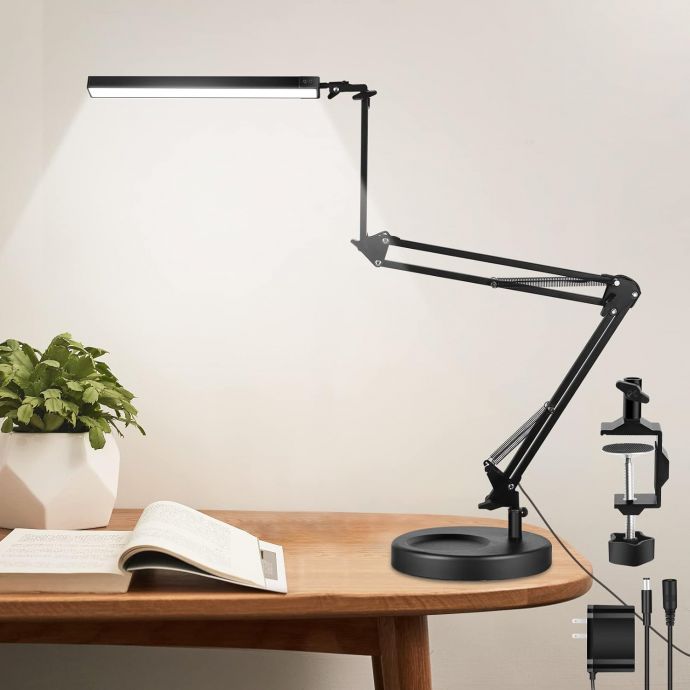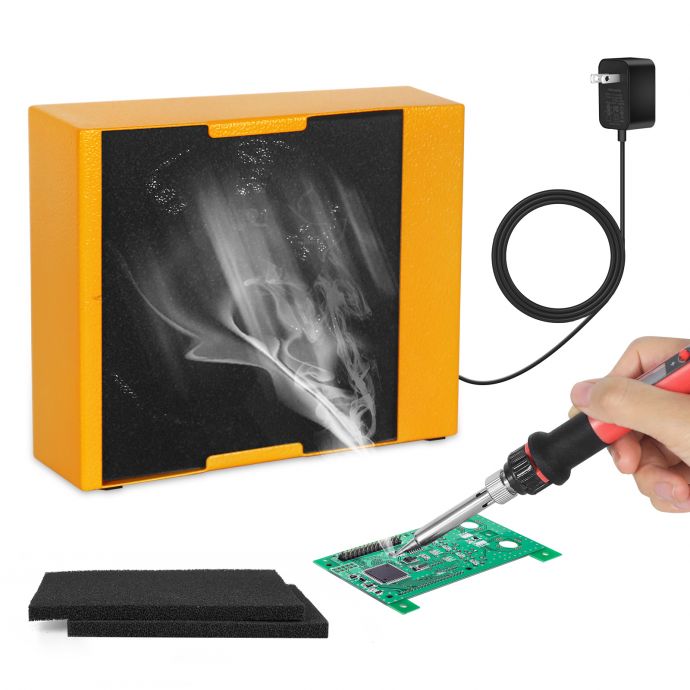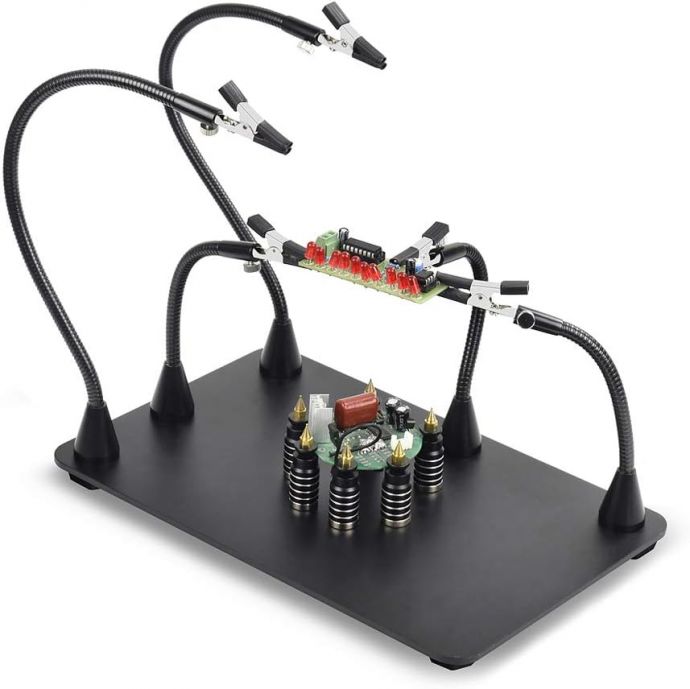In the realm of do-it-yourself projects, there's a unique satisfaction that arises from building something with your own hands. However, this fulfillment should not come at the expense of your health. For those who frequently engage in soldering, minimizing exposure to the hazardous fumes produced is crucial. This guide will walk you through creating your own solder fume extractor, ensuring that you inhale fresh air and not harmful fumes.
**Understanding the Need for a Fume Extractor**

Soldering is an essential process for many electronic and hobbyist projects. Nevertheless, the activity releases toxic fumes that can pose significant health risks over time, including respiratory problems and exposure to harmful substances like lead and rosin flux. A solder fume extractor effectively minimizes these risks by removing and filtering out the harmful particulates and vapors from the air in your workspace.
**Materials Required for a DIY Solder Fume Extractor**
Before you embark on building your DIY fume extractor, gather the following materials:

1. **Activated Carbon Filter**: This is the most crucial element of your fume extractor. It's responsible for trapping harmful particles and odors.
2. **Fan (120mm recommended)**: Opt for a quiet yet powerful computer fan capable of drawing in fumes efficiently.
3. **Power Supply**: A simple 12V DC power supply or adapter that matches your fan's requirements.
4. **Switch**: A basic toggle or rocker switch to control the fan operation.
5. **Plastic or Metal Case**: A sturdy enclosure to house the fan and filter. An old computer case or a project box works well.

6. **Foam or Rubber Gasket**: This ensures a snug fit between the fan and filter, preventing air leaks.
7. **Wire and Connectors**: For electrical connections.
8. **Soldering Iron and Accessories**: You'll need these to assemble the electrical components.
9. **Screwdriver, Wire Cutter, and Stripper**: Basic tools for assembly.
**Step-by-step Guide to Building the Fume Extractor**

1. **Designing the Enclosure**
Begin by designing your extractor's enclosure. The case should accommodate your fan and filter while allowing for optimal airflow. If using a computer case, you may need to modify it slightly – cutting an opening for the filter on one side and fan mounting holes on the other.
2. **Installing the Fan**

Secure the fan inside the case so that it draws air through the filter and expels it out the other side. Position the fan such that it can efficiently draw fumes directly from the workspace.
3. **Mounting the Filter**
Position the activated carbon filter at the intake side of the fan. It's vital to ensure that air passes through the filter before entering the fan. Use a foam or rubber gasket to prevent any air from bypassing the filter, ensuring that all air entering the fan is cleaned effectively.

4. **Wiring the Components**
Connect the 12V DC power supply to the fan using proper connectors, ensuring all connections are secure and insulated to prevent shorts. Integrate a switch in the circuit for easy operation. It's advisable to include a diode in parallel with the fan terminals to protect against voltage spikes from the fan.
5. **Testing Your Setup**

Once assembled, give everything a thorough check before powering on your DIY fume extractor. Switch on the device to verify that the fan operates smoothly and that air is drawn through the filter effectively. Listen for unusual noises that might indicate loose parts or obstructions.
6. **Optimal Placement**
For the best results, position your fume extractor close to the source of the fumes. Ideally, it should be within a few inches of your soldering activity, ensuring that toxic fumes are captured immediately.
**Maintaining Your Fume Extractor**
Maintenance is key to extending the life and efficiency of your fume extractor. Here are some tips:
- **Regular Filter Replacement**: Activated carbon filters need to be replaced periodically, usually every few months, depending on usage. A noticeable decrease in extraction efficiency or an increase in ambient odors indicates it's time for a change.
- **Fan Cleaning**: Dust and debris can accumulate on the fan blades over time, reducing efficiency. Clean the fan blades periodically with a soft brush or compressed air.
- **Electrical Check-ups**: Regularly inspect the electrical connections to ensure there are no loose wires or corrosion.
**Advantages of a DIY Solder Fume Extractor**
Creating your own solder fume extractor offers several benefits. It's more cost-effective than purchasing a commercial extractor, and you have the satisfaction of tailoring it to your specific needs and workspace. Additionally, this project enhances your understanding of electronics and air filtration systems, a valuable learning experience for any DIY enthusiast.
**Conclusion**
Protecting your health should never take a backseat to the passion for creating. By building your own solder fume extractor, you empower yourself with the tools to enjoy your DIY projects safely and responsibly. As you breathe easier, you can focus more on the innovation and creativity that drive your tinkering spirit. Let your workspace be a smoke-free paradise, where curiosity and fresh air fuel your every creation.









